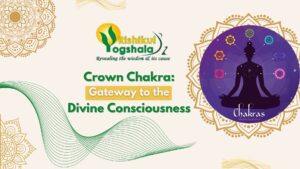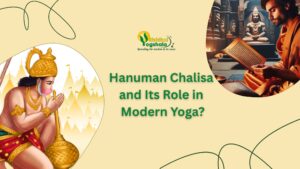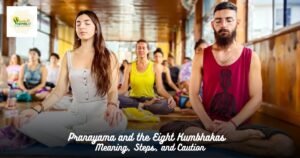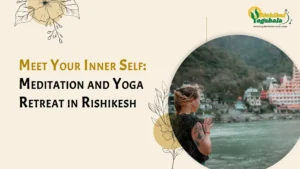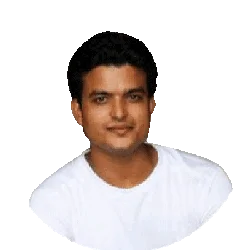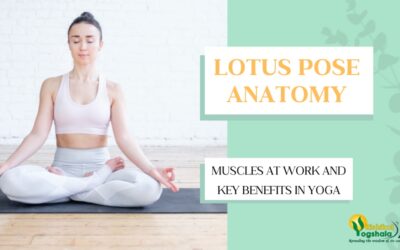Rishikesh, the yoga centre of the world, lies peacefully in the foothills of the Himalayas, and it is where traditional knowledge and cutting-edge techniques collide. Yoga Teacher Training in Rishikesh is an unmatched transforming experience for those who want to share their passion for the practice with others and grow deeper in their practice. Pincha Mayurasana is one of the many postures that develop throughout these intense training sessions.
It is a strong and difficult posture that strengthens the core and gives practitioners a deep sense of confidence. Pincha Mayurasana is also known as the Feathered Peacock Pose or Forearm Balance. The name comes from the Sanskrit words pincha (feather) and mayura (peacock). Here, we will discuss Pincha Mayurasana and the fundamentals of self-belief in this blog post.
Getting To Know Pincha Mayurasana
Pincha Mayurasana, sometimes referred to as the peacock feather posture or forearm stand, is an inversion that calls for balance and strength. In order to produce a straight line from the head to the heels, the position entails supporting the torso with the forearms and extending the legs upward. This dynamic posture is great for developing both physical and mental power because it works the arms, shoulders, and core.
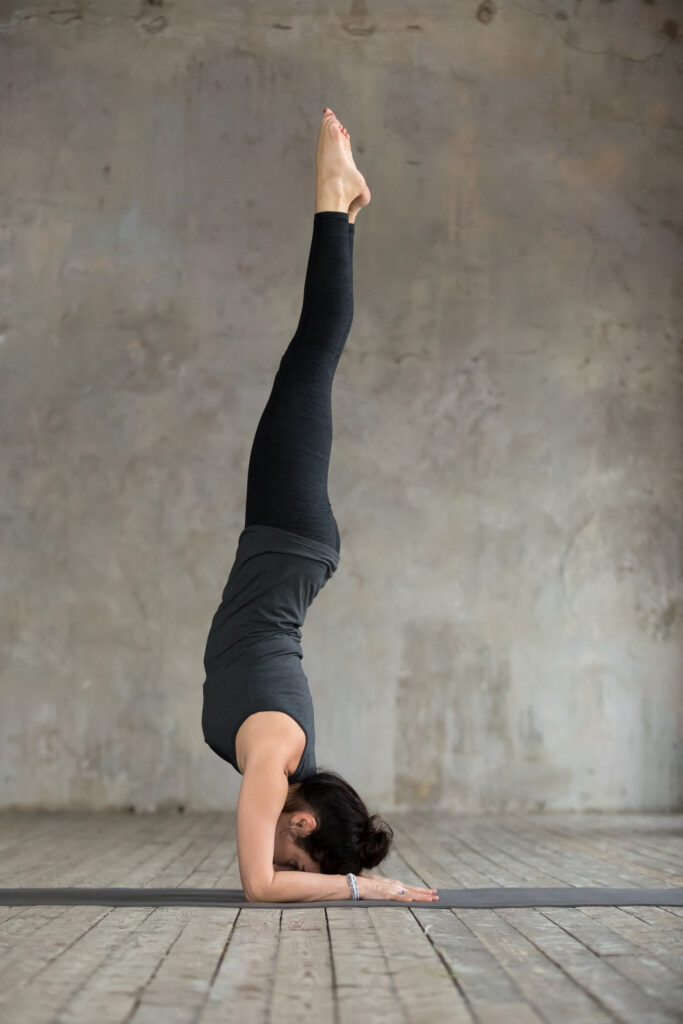
Fundamentals of Self-Belief
Building core strength is one of the main advantages of doing Pincha Mayurasana in your yoga practice. This posture builds a strong base for the rest of your practice by requiring a significant engagement of the lower back, obliques, and abdominal muscles. You will gradually see a change in your physical ability as you practice this difficult pose regularly, which will boost your confidence on and off the mat.
Rishikesh Yoga Teacher Training – A Holistic Approach
As a place that captures the spirit of yogic philosophy, Rishikesh is particularly noteworthy for individuals looking to delve deeper into the yoga practice. Beyond the physical practice, yoga teacher training in Rishikesh explores the philosophical and spiritual aspects of the practice. Renowned yoga schools in Rishikesh provide a thorough curriculum that guarantees future instructors not only have the knowledge and abilities to mentor others in their practice but also a deep sense of self-awareness.
Also Read: Parivrtta Trikonasana (Revolved Triangle Pose): Steps, Benefits, and Contraindications
Yoga TTC’s Pincha Mayurasana – A Journey Within
Pincha Mayurasana is a common milestone for students completing the yoga teacher training curriculum, marking their progress in the inversion pose. Participants learn the proper posture, adjustments, and step-by-step techniques to tackle this difficult pose safely and confidently under the direction of skilled instructors. In addition to building physical strength, the loving atmosphere of a Yoga School in Rishikesh fosters the development of the mental fortitude needed to overcome obstacles that appear insurmountable.
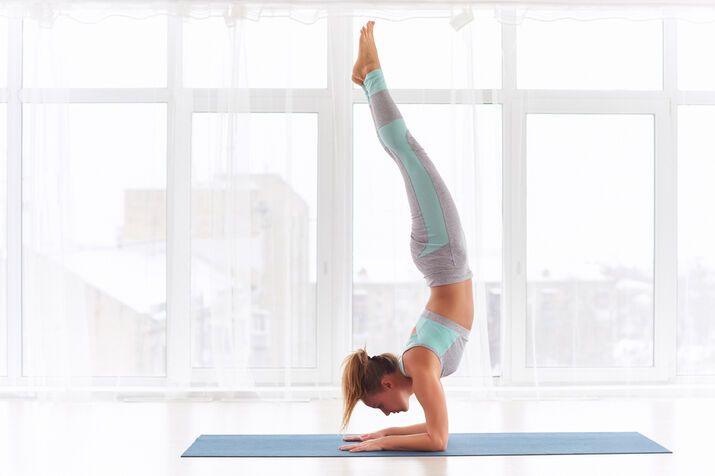
Overcoming Obstacles on the Mat and Outside of It
The path to becoming proficient Pincha Mayurasana is a reflection of life’s larger obstacles. The act of falling, getting back up, and continuing to strive for progress comes to represent tenacity and resolve. Since yoga teacher training emphasizes the integration of mind, body, and spirit, the skills acquired on the mat become indispensable resources for meeting the challenges of daily life.
Creating a Supportive Community
In Rishikesh, yoga teacher training programmes promote a sense of camaraderie among students. Ties that are formed during training are strengthened by the common struggles and victories in positions like Pincha Mayurasana. The energy of people who share similar values and are working towards shared objectives creates a conducive atmosphere for personal development and transformation.
The Link Between the Mind and Body in Pincha Mayurasana
Pincha Mayurasana pose is a pose that invites practitioners to investigate the complex relationship between the mind and body in addition to its physical advantages. People who are trying to maintain the inverted stance frequently have moments of dread, uncertainty, and self-doubt. With its focus on mindfulness and meditation, yoga teacher training in Rishikesh offers a special environment where students can face these difficulties head-on.
Conclusion
In summary, Pincha Mayurasana is a path of self-discovery, resilience, and confidence, more than just a position. During their Yoga TTC in Rishikesh, practitioners explore the depths of their own potential as they go into the nuances of this difficult inversion. The combination of mental toughness, physical stamina, and spiritual awareness developed in Rishikesh forms the basis for a self-assured and powerful yoga instructor.
The ascetic path of Pincha Mayurasana becomes a metaphor for the heights one might reach with perseverance, direction, and a supportive community in the centre of the spiritual and yogic refuge that is Rishikesh. Practitioners can extend their wings and soar to new heights in their practice and in their lives, just as the peacock spreads its colourful feathers.
For those interested in deepening their yoga journey, consider enrolling in a yoga teacher training program. Rishikul Yogshala, a leading Yoga school in Rishikesh, offers comprehensive courses like the 200 Hour Yoga TTC in Rishikesh, 300 Hour Yoga Teacher Training In Rishikesh, and 500 Hour Yoga Teacher Training Rishikesh. These programs are designed to help you master your practice and share the transformative power of yoga with others.




